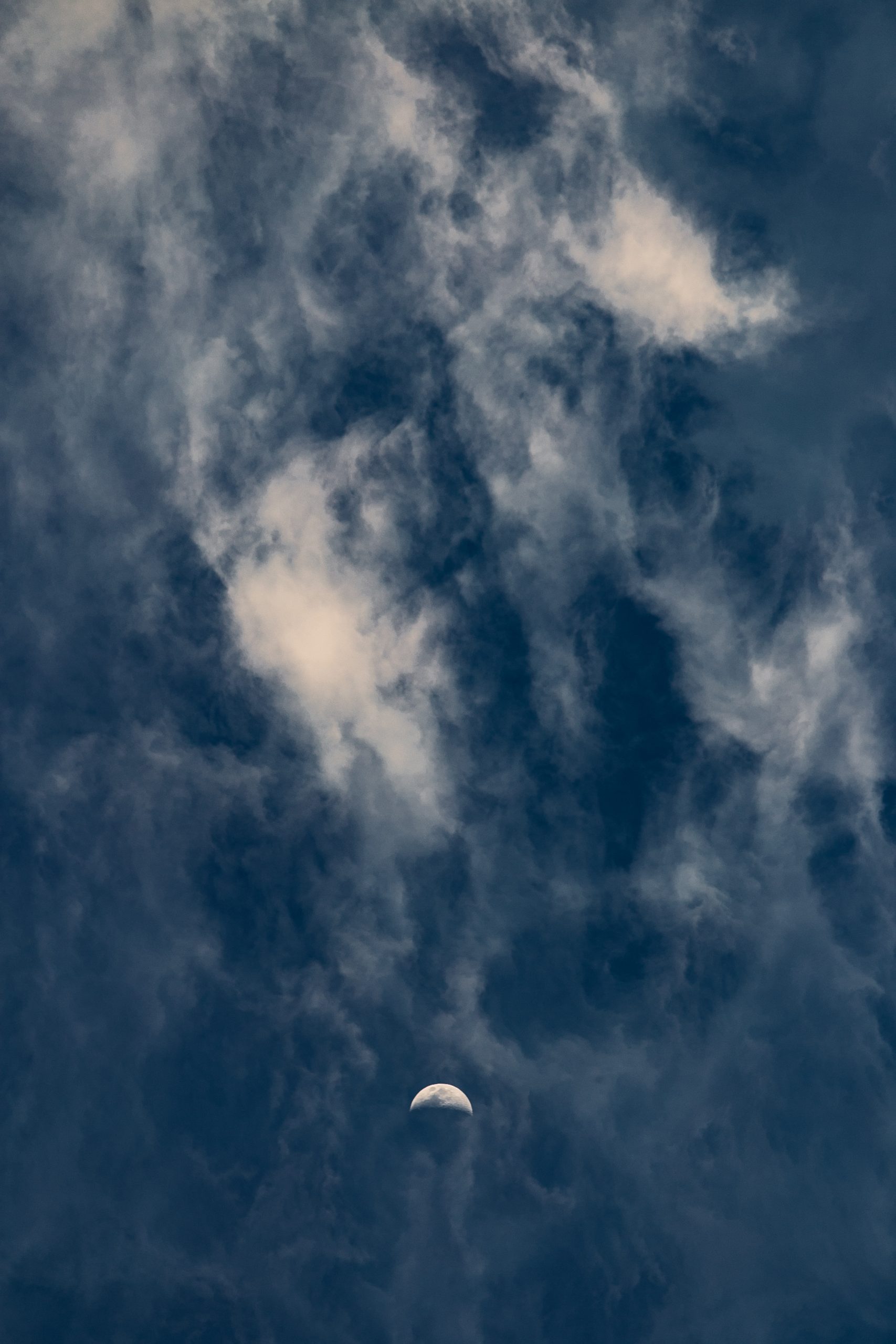Is the Moon Upside Down in Australia?
When we gaze up at the night sky, one universal sight that mesmerizes us all is the Moon. Its bright, silvery glow and its gentle presence have inspired countless works of art, poetry, and scientific studies throughout human history. However, as we explore different parts of the world, we may notice something peculiar – the Moon appears to be upside down in Australia. But is this mere trickery of the mind or a scientific reality? Let’s delve into the physics and astronomy behind this intriguing phenomenon.
The Mechanics of Moon Phases
To understand why the Moon may appear upside down in Australia, we first need to comprehend the mechanics of how the Moon, Earth, and Sun interact to create the different phases of the Moon. As we all know, the Moon doesn’t emit its own light but rather reflects sunlight. This reflection allows us to observe the Moon from Earth.
The Moon’s position in relation to the Sun and Earth determines the phase we see. When the Moon is positioned between the Earth and the Sun, it is called the “New Moon,” and we cannot observe it from Earth. As the Moon continues its orbit around the Earth, we gradually see more of its illuminated side. This progression of phases is known as the Waxing Crescent, First Quarter, Waxing Gibbous, Full Moon, Waning Gibbous, Third Quarter, and Waning Crescent.
Now, here’s where the intriguing part comes in – the direction of the Moon’s crescent shape or illumination seems to vary when observed from different parts of the world, leading to the perception of an upside-down Moon in Australia.
Inverting our Perspective
When we stand in the Northern Hemisphere, such as in North America or Europe, and observe the Moon during its different phases, it appears to have an illuminated side resembling a “C” or a backward “C” shape. This observation aligns with the shape commonly associated with the different phases of the Moon.
However, in the Southern Hemisphere, where Australia is located, the perspective is flipped. When observing the Moon from Australia, its illuminated side appears to resemble a “C” shape or a forward “C.” This discrepancy in perception is not due to any physical changes in the Moon’s appearance but a mere flip in perspective caused by our location on Earth.
The Role of Gravity and Orbit
So, why does the Moon’s perspective appear to change when viewed from different parts of the world? To understand this, we must consider the interplay between gravity and the Moon’s orbit.
The Moon orbits the Earth in a counterclockwise direction when viewed from above. This orbit is tilted approximately 5 degrees compared to the Earth’s orbit around the Sun. As a result, the Moon’s orbit and the Earth’s orbit intersect at two different points known as the nodes. These nodes are responsible for the Moon’s observed path through the sky, known as its ecliptic.
When the Moon is crossing the ecliptic in the Southern Hemisphere, it appears to be upside down compared to its appearance in the Northern Hemisphere. This apparent flip is due to the perspective of looking up at the Moon’s orbit from below.
The Celestial South Pole
Another factor that contributes to the perception of the Moon being upside down in Australia is the position of the Celestial South Pole. The Celestial South Pole is the point in the night sky directly above the South Pole of the Earth. Similarly, there is a Celestial North Pole above the North Pole of the Earth.
Since the Moon orbits around the Earth, it appears to move in an arc across the sky. In the Northern Hemisphere, the Moon appears to travel from east to west, rising in the east and setting in the west, just like the Sun. However, in the Southern Hemisphere, such as Australia, the Moon appears to move in the opposite direction, from right to left.
When the Moon reaches its highest point in the Southern Hemisphere’s sky, it will appear to be oriented differently compared to when it reaches its highest point in the Northern Hemisphere. This difference in perspective contributes to the perception of an upside-down Moon in Australia.
Lost in Translation
Our perception of the Moon is influenced by various factors, including our location on Earth, the Moon’s position in its orbit, and the orientation of the Celestial South Pole. These factors can lead to the Moon’s appearance being inverted or upside down when viewed from different parts of the world.
However, it is essential to emphasize that these differences in perspective do not entail any physical changes in the Moon. The Moon itself remains unchanged and continues its elliptical orbit around the Earth, regardless of where we observe it from.
Thus, while it may seem like the Moon is upside down in Australia, this perceived inversion is a product of our earthly vantage point and the remarkable interplay between celestial mechanics and human perception.
So, the next time you find yourself in Australia, take a moment to gaze at the moonlit sky and appreciate the unique perspective it offers. The upside-down Moon is not a baffling anomaly but a captivating consequence of our beautiful planet’s intricate relationship with the celestial bodies that surround it.
Table of Contents
